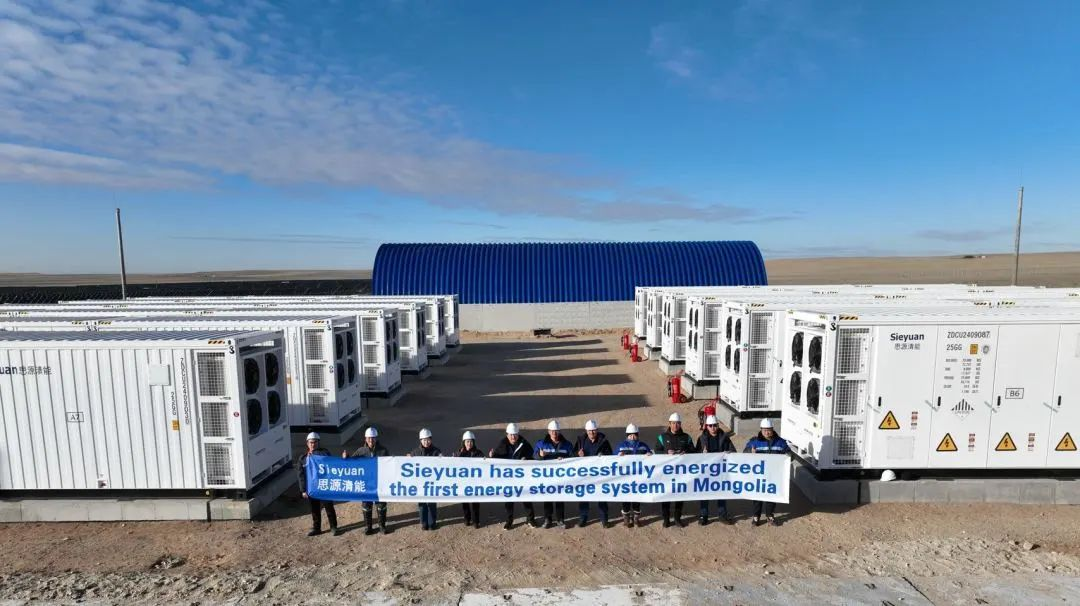The role of energy storage systems (ESS) continues to grow in importance as they give new ways of optimizing power management. These duration times to enhance the reliability of the supply of power and complement the sustainability initiatives significantly. It is now evident that energy storage systems are essential for storing renewable energy, providing backup power, helping to manage energy demand and cost while also reducing carbon emissions.
Various types of technologies constitute energy storage systems, namely batteries, pumped hydro storage, and thermal storage. All of them can be used to manage energy resources in different, but complementary ways. For example, lithium-ion batteries are now quite popular because of their effectiveness. They can absorb surplus energy produced over certain periods and dispatch it when demand is high in order to ensure supply.
Furthermore, energy storage systems contribute greatly to the stabilization of the grid. As the amount of intermittent renewable energy sources such as wind and solar continues to grow, the grid encounters difficulties with delivery of a constant supply of energy. ESS can store surplus energy when supply is high and demand is low; and can return surplus energy whenever there is a spike in demand, thus countervailing the irregularities of renewable energy generation. Such ability not only contributes to improving grid’s dependability, but also promotes further investments in renewable technologies.
Besides mission of grid stability, energy storage systems also assist the end users in lowering their energy cost. These systems provide demand response mechanisms that permit consumers to draw power when demand is low to store energy for future use when demand is high. This not only helps in saving a lot of money for the consumers but also reduces the burden on the grid and creates a better energy system.
There are many new uses of energy storage systems that are emerging as the technology of these systems is advancing. Appearing in both electric vehicles (EVs) and units for storing energy at household levels on residential and commercial scales, the applicability of ESS is manifesting itself in different aspects. This trend will likely speed up in the coming years since many businesses and homeowners will start appreciating the energy independence and resilience. Such predictions can be supported by the current trends such as advanced battery chemistry or Smart Grid technologies integration.
Overall, energy storage systems change the power management sector for the better by contributing to increased reliability of the grid, lowered operating costs and increased energy sustainability of the future. While we move towards a more distributed energy paradigm, solutions based on the concept of ESS will definitely become more important rather than less. All players in the energy sphere need to adopt these solutions for efficient and sustainable energy management systems.
 EN
EN
 AR
AR
 BG
BG
 HR
HR
 CS
CS
 DA
DA
 FR
FR
 DE
DE
 EL
EL
 HI
HI
 PL
PL
 PT
PT
 RU
RU
 ES
ES
 CA
CA
 TL
TL
 ID
ID
 SR
SR
 SK
SK
 SL
SL
 UK
UK
 VI
VI
 ET
ET
 HU
HU
 TH
TH
 MS
MS
 SW
SW
 GA
GA
 CY
CY
 HY
HY
 AZ
AZ
 UR
UR
 BN
BN
 LO
LO
 MN
MN
 NE
NE
 MY
MY
 KK
KK
 UZ
UZ
 KY
KY




